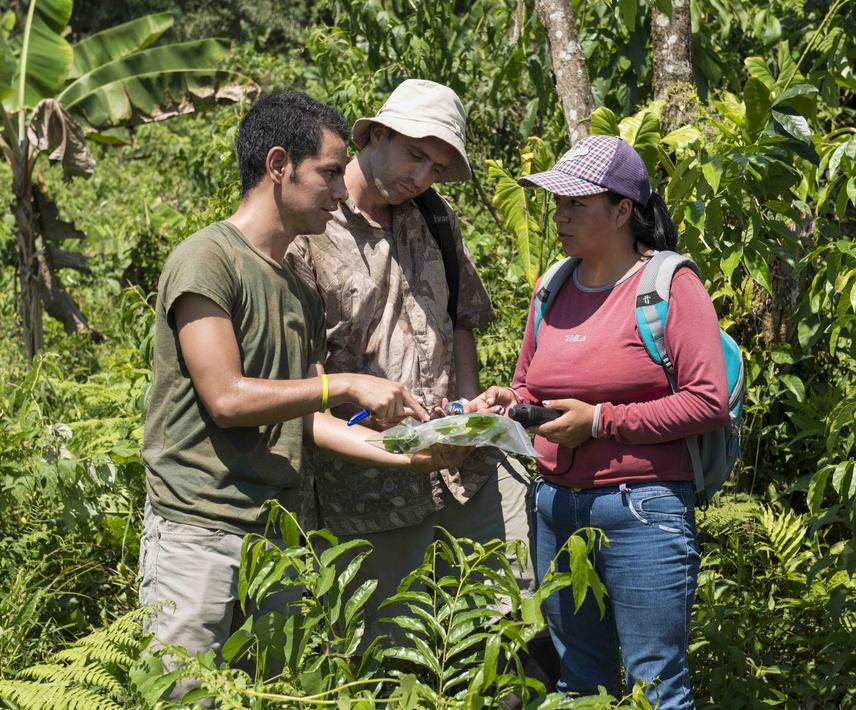Eliot Logan-Hines
Other projects
6 Apr 2017
Creating Connectivity Corridors between Protected Areas Using Applied Nucleation and Enrichment Planting of Agroforestry Systems
This project aims to support the conservation of the Colonso Forest and improve livelihoods of indigenous Kichwa farmers by increasing the productivity of agroforestry-based buffer zones.

This pilot project is focused on social and economic development through community based land use planning and natural resource management. Rather than focusing on a particular species the main contribution will be an integrated development plan for a region with high rates of poverty and exceptional biodiversity.
This project will contribute directly to the following developmental goals 1.) the sustainable management of a threatened ecosystem, 2) increased incomes for local farmers and 3) a replicable example of successful environmental co-management between civil society, local government and indigenous communities. Identified stakeholders include the Municipality of Tena, the community of Alto Tena, Fundaci6n Runa and the Ecuadorian Ministry of the Environment (MAE).
This project will greatly assist in efforts to slow land use change by creating community based land use and economic planning. This will be translated into a number of community-demarcated buffer zones encompassing natural forest and agroforestry systems. Runa will also work with community members within Alto Tena to identify degraded areas such as abandoned pasture, which will be rehabilitated with native species in order to increase habitat connectivity, decrease erosion and sedimentation within local river systems and create long-term economic value for the community. Increasing rural incomes through agricultural intensification and creating long-term economic investments in timber will decrease pressure on protected areas and on local forests. This in turn will serve to preserve habitat in what is inarguably one of the most bio-diverse ecosystems in the world.
Upon the successful completion of this pilot project Fundacion Runa plans to work with neighboring communities to create similar land-use planning systems. The combined area of communities bordering the Colonso Forest (12,000 ha) is about 5,300 ha, much of which remains under natural forest cover or within highly biodiverse agroforestry systems.